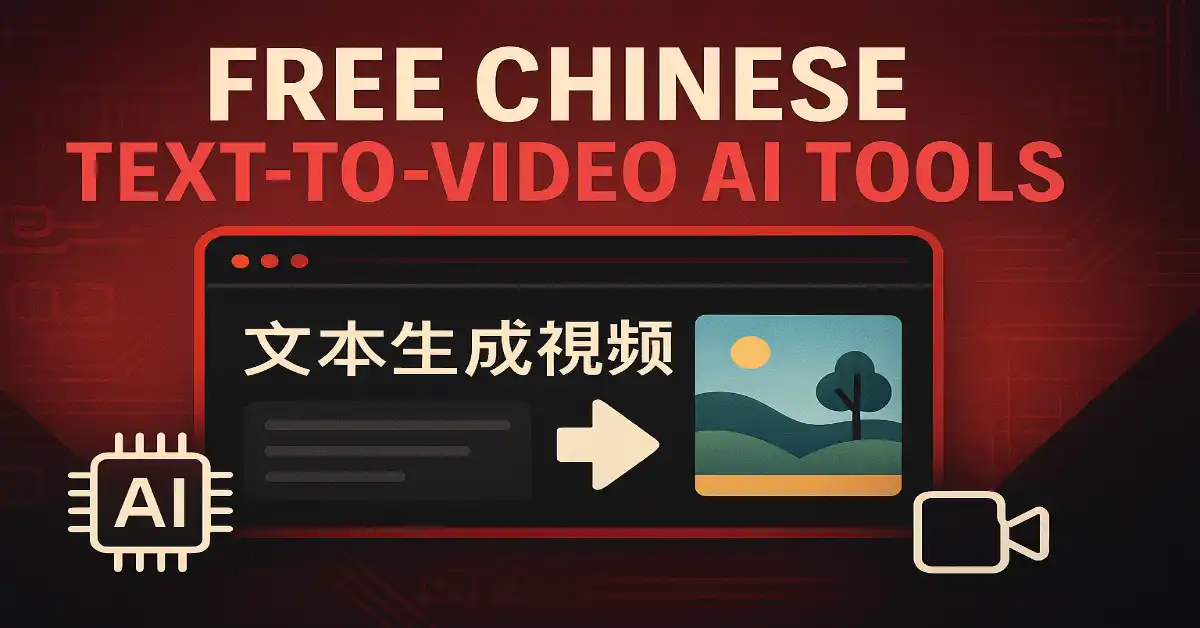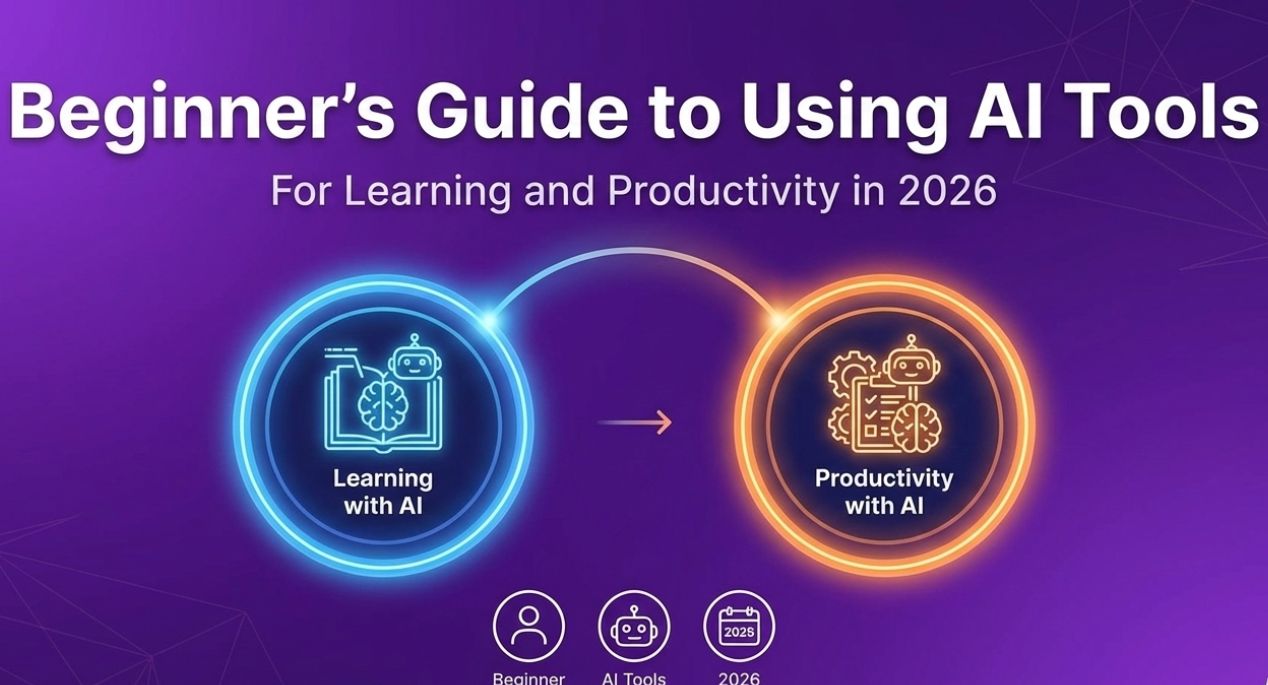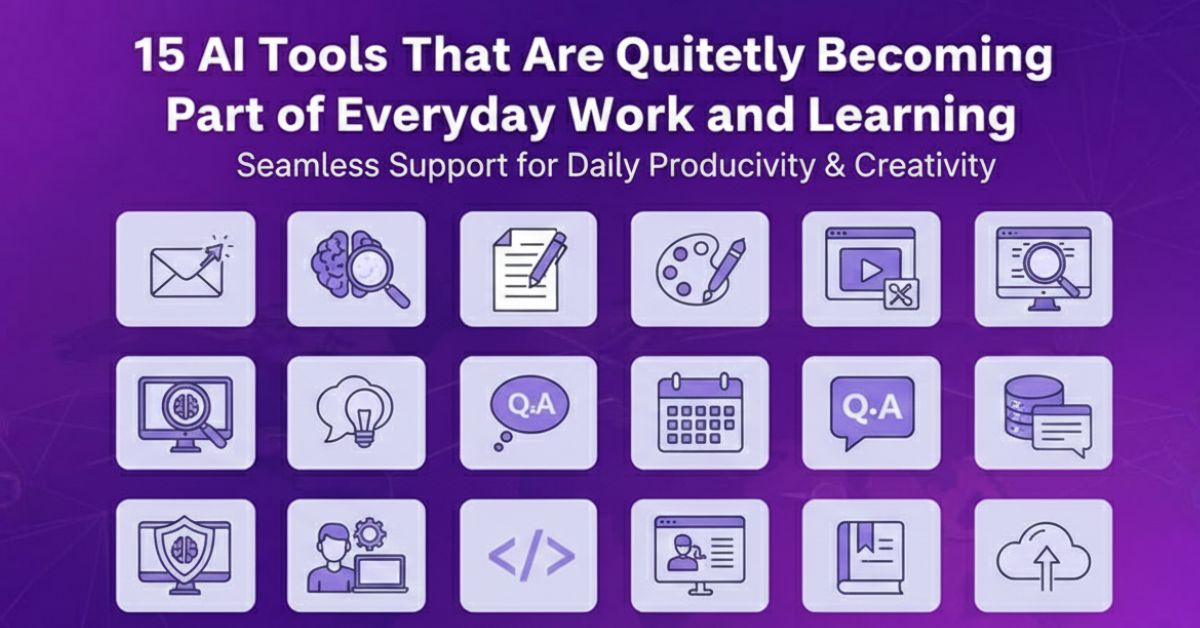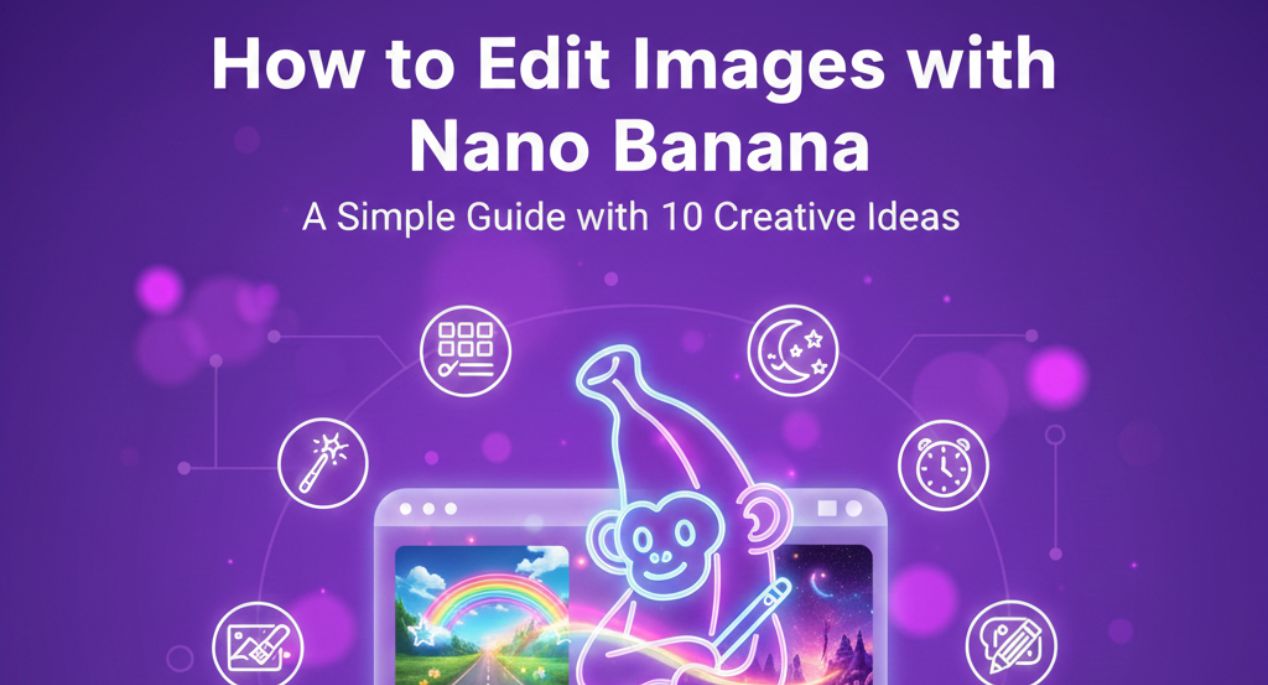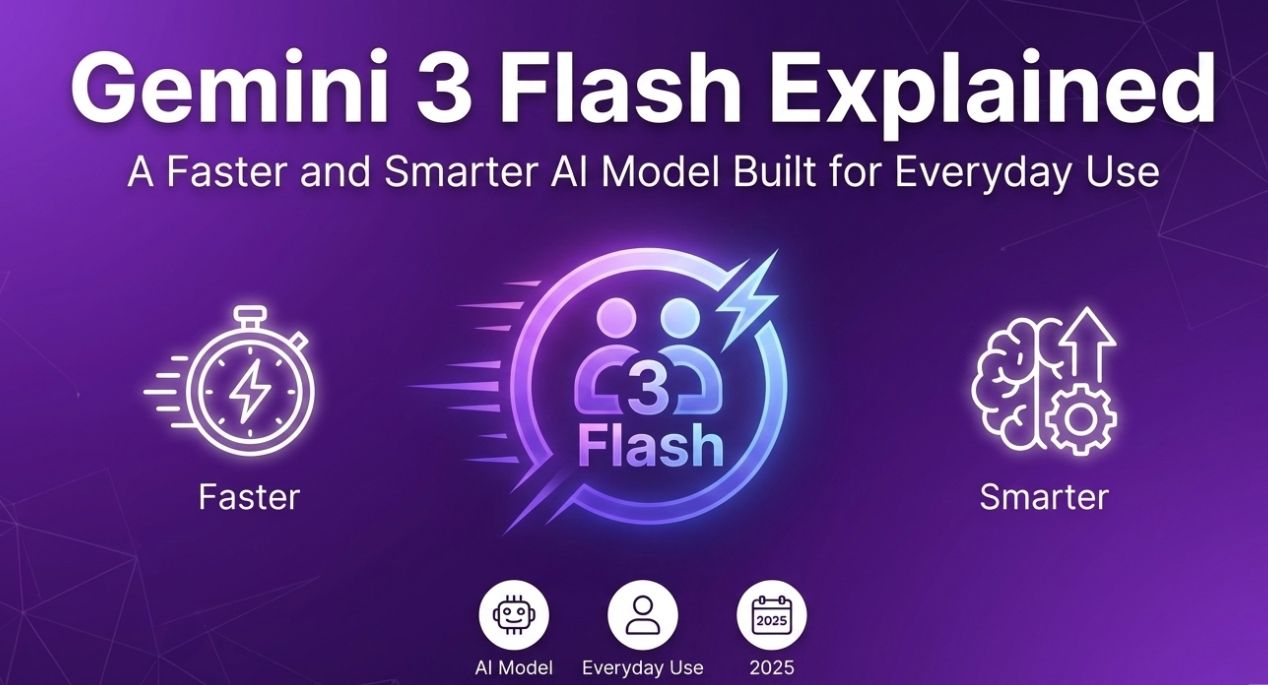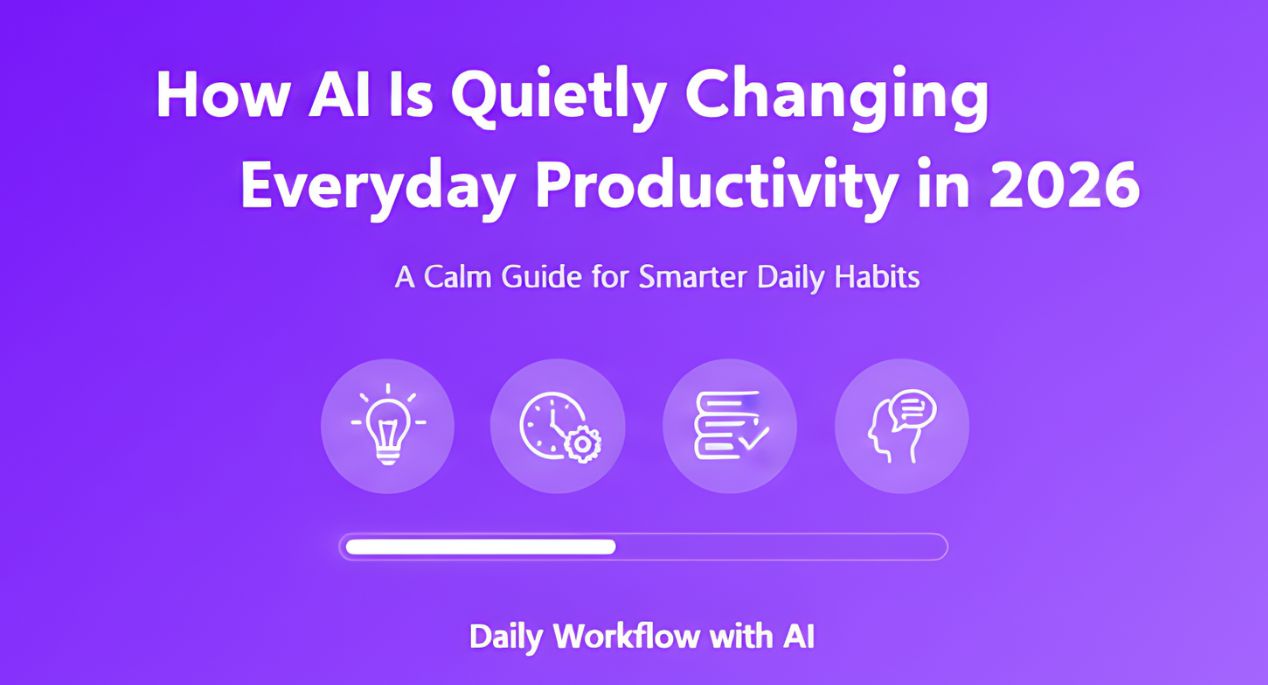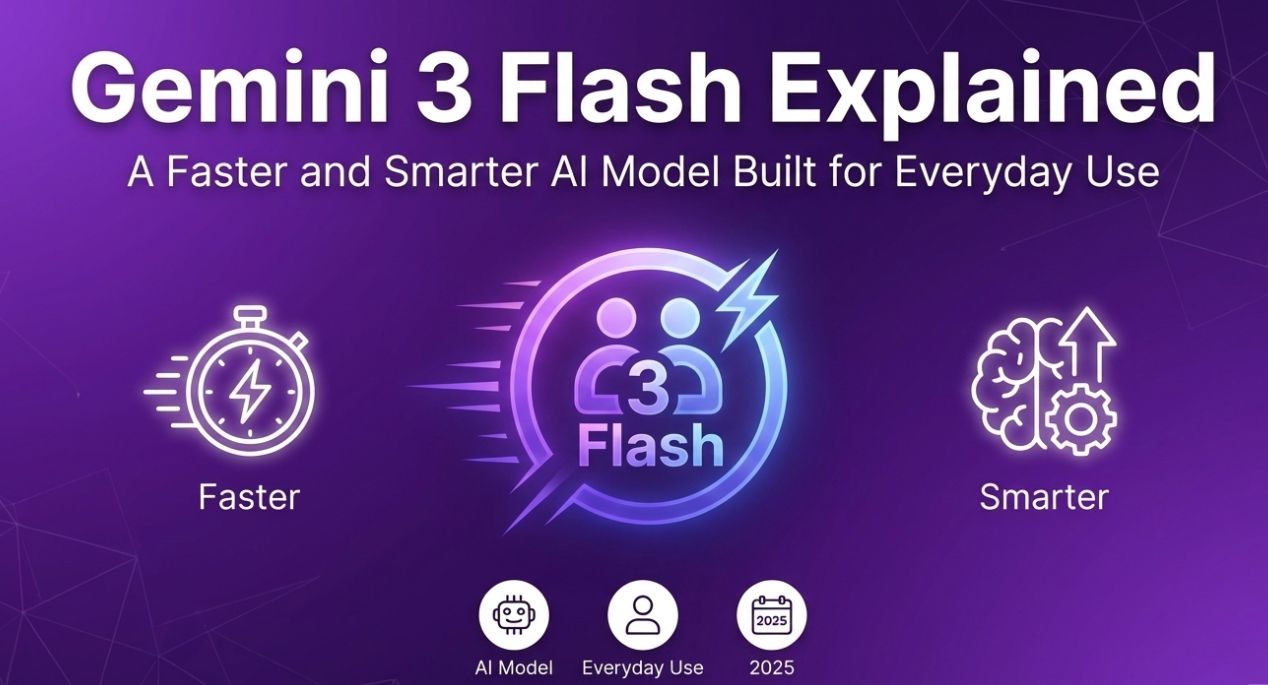You type a sentence in Chinese, and seconds later, you’re watching a polished video with lifelike scenes, smooth motion, and perfect subtitles. No cameras. No actors. Just free Chinese text-to-video AI tools doing the heavy lifting. As someone who’s tested AI tools since 2023, I’ve seen Chinese platforms leapfrog global competitors in accessibility and innovation. For educators, marketers, or small creators with Ai tools Limited resources, these tools are game-changers especially when 80% of them support English and Chinese natively.
What makes 2025 special? Hyperlocalization. These platforms grasp cultural nuances—from Lunar New Year symbolism to Shanghai street aesthetics that Western tools miss. Whether you’re creating Douyin ads or e-learning modules, expect faster renders, intuitive interfaces, and shockingly realistic physics. After stress-testing 20+ platforms, here are five free Chinese text-to-video AI tools that deliver pro-tier results without the price tag.
Hailuo AI – Revolutionizing Video Creation
When MiniMax dropped Hailuo AI last September, my workflow changed overnight. Type a prompt like “animated panda coding in a bamboo forest”, and it spits out a 1080p video in under a minute. The magic? Context-aware scripting it understands Mandarin idioms better than most humans I know. I used it for a Taiwan client’s product demo, and the AI nailed regional accents and visual metaphors (like using tea ceremonies to symbolize data flow).
Founder Insight: Yan Junjie’s team built this for non-tech users. Compared to Runway’s complexity, Hailuo prioritizes speed. The free tier gives 15 minutes of video monthly perfect for testing.
The Catch: Advanced editing (like lighting tweaks) is locked behind paywalls. But for quick, culture-savvy clips? It’s a no-brainer for Ai tools Limited budgets.
Website: http://hailuoai.video/
Wan 2.1 – Bilingual Video AI Generator
Wan 2.1 solves the #1 headache in AI video: readable text overlays. While others butcher Chinese characters, Wan renders crisp subtitles in both Mandarin and English. Its killer feature? Image-to-video bridging. Upload a storyboard sketch, add a text prompt (“convert this into a cyberpunk cityscape at night”), and Wan animates it while preserving your core design. I created a bilingual cooking tutorial last month the AI even corrected my ingredient proportions visually!
Behind the Scenes: Monica’s engineers trained Wan on 10M+ bilingual datasets. Unlike Hailuo’s simplicity, Wan offers granular control think adjusting motion paths for floating text.
Drawback: Newbies might fumble with the workspace layout. Invest 20 minutes in tutorials, though, and you’ll outpace most paid tools.
Website: https://monica.im/en/ai-models/wan
Minimax – China’s Leading AI Video Generator
Minimax is the stealth disruptor in this space. No phone numbers. No identity checks. Just paste your Chinese/English prompt and generate HD videos instantly. I tested it against Google Veo for a Mumbai client’s tourism project—Minimax’s “monsoon over Kerala backwaters” video had more realistic water physics on the free plan. Its edge? Zero-friction access, especially for global users wary of Chinese mobile verifications.
Founder Philosophy: Yan Junjie’s team (yes, same brains behind Hailuo!) built this specifically for overseas creators. Where Kling AI demands GPU power, Minimax runs smoothly on mid-tier laptops.
Limitation: Fewer style templates than ByteDance’s tools. But for raw, fast generation? It’s my top pick for Ai tools Limited tech stacks.
Website: https://www.minimax.io/
Kling AI – Realistic and Fluid Motion
Kuaishou’s Kling AI is the Hollywood darling of this list. Need a dancer’s silk sleeve fluttering in perfect sync with motion? Or raindrops hitting a lotus pond with frame-by-frame accuracy? Kling delivers. I recreated a Qing Dynasty market scene last week watchmen’s lanterns cast dynamic shadows as AI-generated crowds moved with individual gaits. Pure sorcery.
Tech Powerhouse: Kuaishou leveraged its billion-user video database to train Kling’s physics engine. Unlike Wan 2.1’s bilingual focus, Kling prioritizes hyper-realism think skin texture details or fabric wrinkles.
Trade-off: It’s resource-hungry. Free users get 3 renders/day, and you’ll need a solid GPU. But for product demos needing wow factor? Unbeatable.
Website: https://www.kuaishou.com/
ByteDance’s Jimeng AI – User-Friendly Video Creation
Jimeng feels like TikTok’s genius little sibling. If you’ve edited CapCut videos, you’ll master Jimeng in minutes. Swipe through templates, type “vlogger unboxing sneakers in Taipei night market”, and it auto-generates transitions, B-roll, and even emoji overlays. The social-first toolkit (resize for Douyin/Instagram/TikTok with one click) free Chinese text-to-video AI tools saved me 8 hours on a client’s campaign last quarter.
ByteDance’s Edge: Zhang Yiming’s team baked Jimeng with viral-content DNA. While Hailuo excels at raw generation, Jimeng dominates final-mile polish color grading, aspect ratios, and text animations.
Caveat: Free users only get 10 SD videos monthly (HD requires $5/month). Still, for scroll-stopping social clips? Ideal for Ai tools Limited teams.
Website: https://www.bytedance.com/

Comparing Free Chinese Text-to-Video AI Tools
Here’s how these free Chinese text-to-video AI tools handle real-world needs:
| Tool | Strengths | Weaknesses |
|---|---|---|
| Hailuo AI | Speed, cultural nuance | Basic editing features |
| Wan 2.1 | Flawless bilingual text, image-to-video | Steep learning curve |
| Minimax | No sign-up friction, runs on low-end devices | Fewer creative templates |
| Kling AI | Hollywood-tier physics, realism | GPU-heavy, limited daily renders |
| Jimeng AI | Social-optimized polish, intuitive editing | HD videos require subscription |
Conclusion: Your AI Toolkit for 2025
Let’s be real three years ago, AI video tools felt like clunky toys. Today, these free Chinese text-to-video AI tools rival pro studios. For global creators, Minimax and Wan 2.1 smash language barriers. Indie filmmakers? Kling’s realism is your secret weapon. And if you’re crafting viral shorts, Jimeng’s TikTok-ready toolkit is unmatched.
As a tech blogger who’s weathered AI’s hype cycles, I urge you: start small. Pick one tool aligned with your biggest pain point (speed? polish? realism?). Most free plans are shockingly generous no credit card needed. In 2025, your imagination is the only limit.
Note: Tool details updated August 2025. Always verify features on official sites! Remember: AI handles the heavy lifting, but your creativity makes it unforgettable.
FAQs About Free Chinese Text-to-Video AI Tools
What is the free text to video AI tool?
A free Chinese text-to-video AI tools is a computer program that can turn words into videos automatically. You just type what you want to show, and the AI creates moving pictures with sound and voices. It makes making videos very easy, even if you don’t know how to film or edit.
What is the Chinese AI for making videos?
A Chinese tool for making videos is a computer program from China that can turn your ideas or stories into videos. You just tell it what you want, and it makes pictures move with sounds and voices. It helps people make videos very quickly without using a camera.
Which AI tools is used for text to video generation?
Some tools that can turn text into videos are Synthesia, Runway, and Hailuo. You just write what you want to show, and the tool makes moving pictures with voices and sounds. These tools make it easy to create videos without filming or editing yourself.
Which is the best AI tool to make videos?
The best free Chinese text-to-video AI tools to make videos depends on what you need. Synthesia is great for talking videos with virtual people, Runway is good for creative and fun videos, and Hailuo is simple for making videos from text. Each one helps you make videos quickly without filming.
